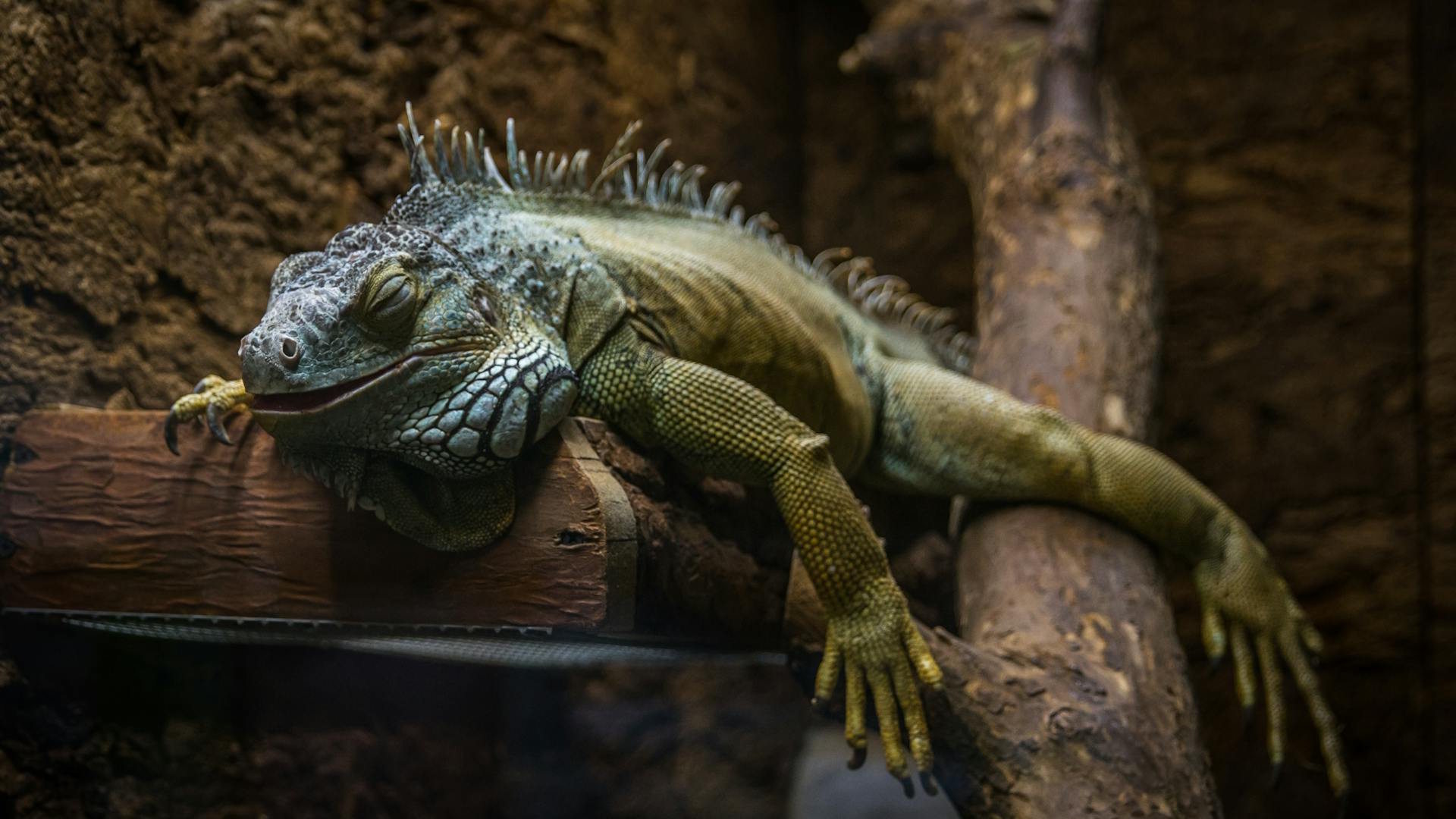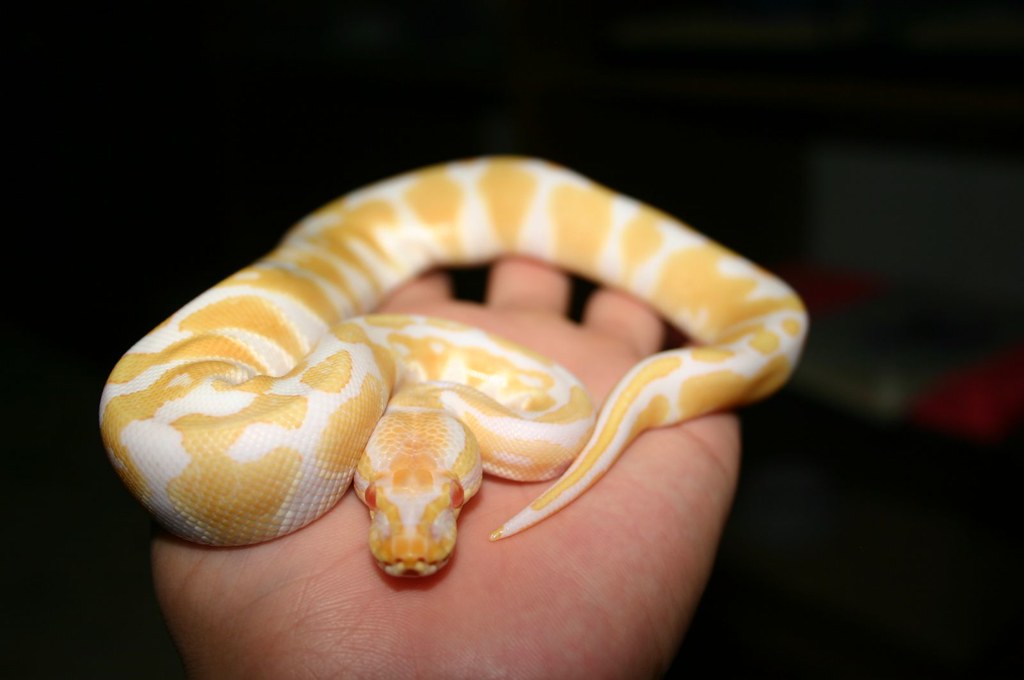Creating the ideal living space for an exotic pet goes far beyond simply providing a cage or tank. These unique animals often have specific environmental needs that must be met to ensure they thrive in captivity. Whether you’ve adopted a colorful chameleon, a curious sugar glider, or a majestic python, understanding and replicating their natural habitat is crucial for their physical health and psychological well-being. This comprehensive guide will walk you through everything you need to know about creating the perfect home for your exotic companion, from research and planning to maintenance and enrichment.
Understanding Your Pet’s Natural Environment
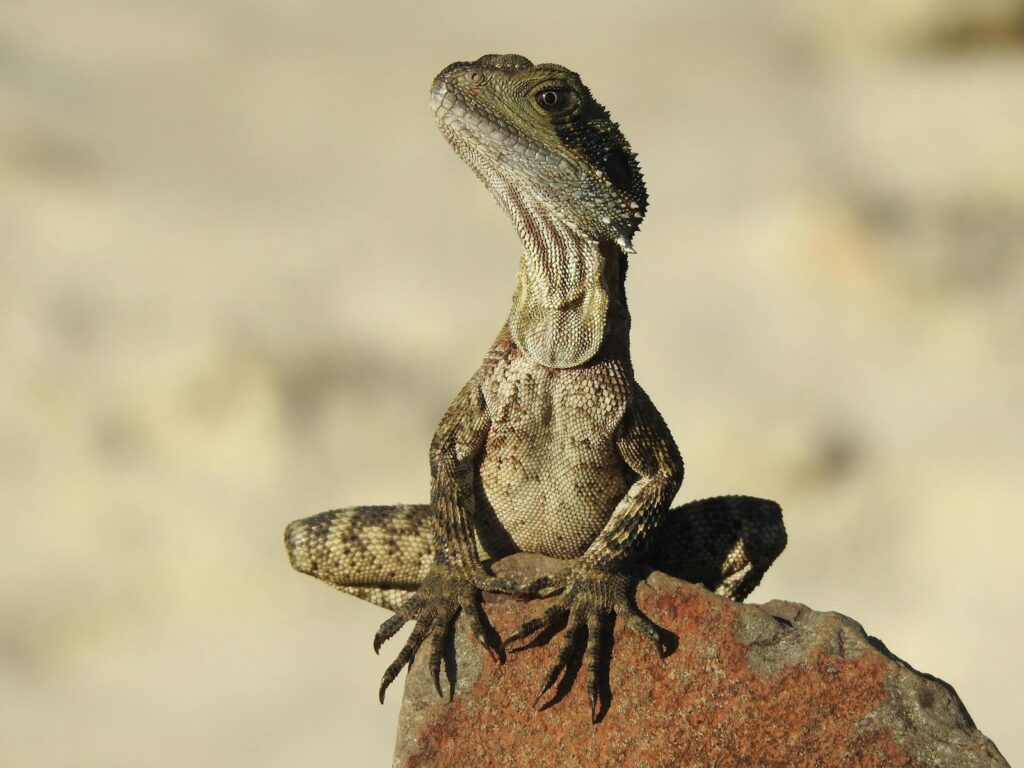
Before purchasing a single piece of equipment, take time to thoroughly research your exotic pet’s natural habitat in the wild. Animals have evolved specific adaptations to their native environments, and replicating these conditions is essential for their health. Study aspects like the temperature ranges, humidity levels, lighting conditions, and terrain features of your pet’s original habitat. For example, a bearded dragon from the Australian desert requires a dry, warm environment with basking spots, while a poison dart frog from tropical rainforests needs high humidity and lush vegetation. Understanding these baseline requirements will form the foundation of your habitat creation process and help prevent common health issues that arise from improper housing.
Selecting the Appropriate Enclosure
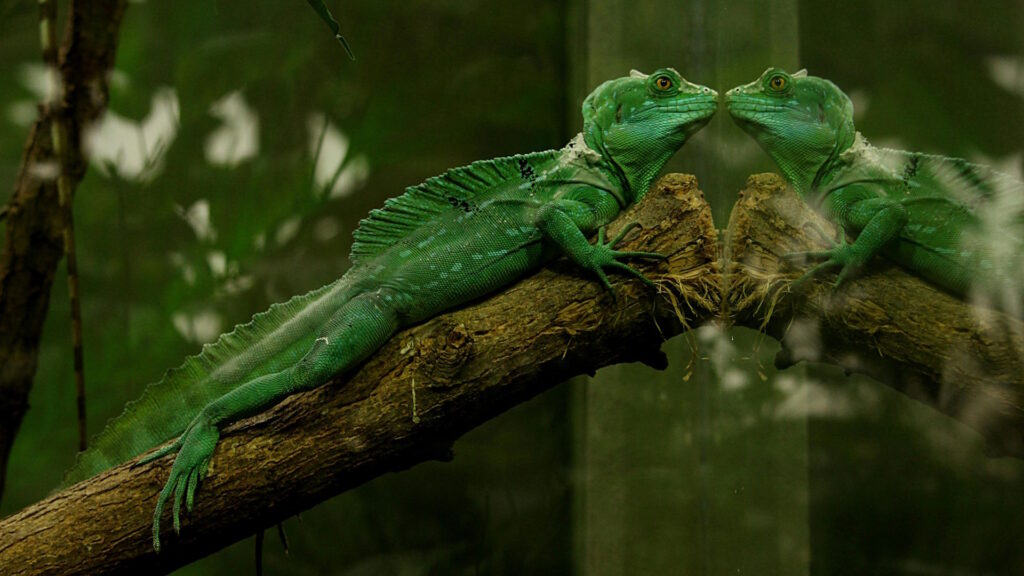
The enclosure serves as the foundation of your exotic pet’s habitat, and choosing the right one is critical to their well-being. Size is perhaps the most important consideration – always opt for the largest enclosure you can reasonably accommodate and afford, as many exotic pets need ample space to exercise, explore, and exhibit natural behaviors. The enclosure material matters significantly too; glass terrariums work well for reptiles and amphibians that require humidity control, while wire cages might be more appropriate for certain mammals that need ventilation. Consider the enclosure’s security features, as many exotic pets are skilled escape artists with specialized climbing, jumping, or squeezing abilities. Finally, think about your ability to clean and maintain the habitat, as some enclosure designs facilitate easier access for regular maintenance than others.
Creating the Proper Temperature Gradient
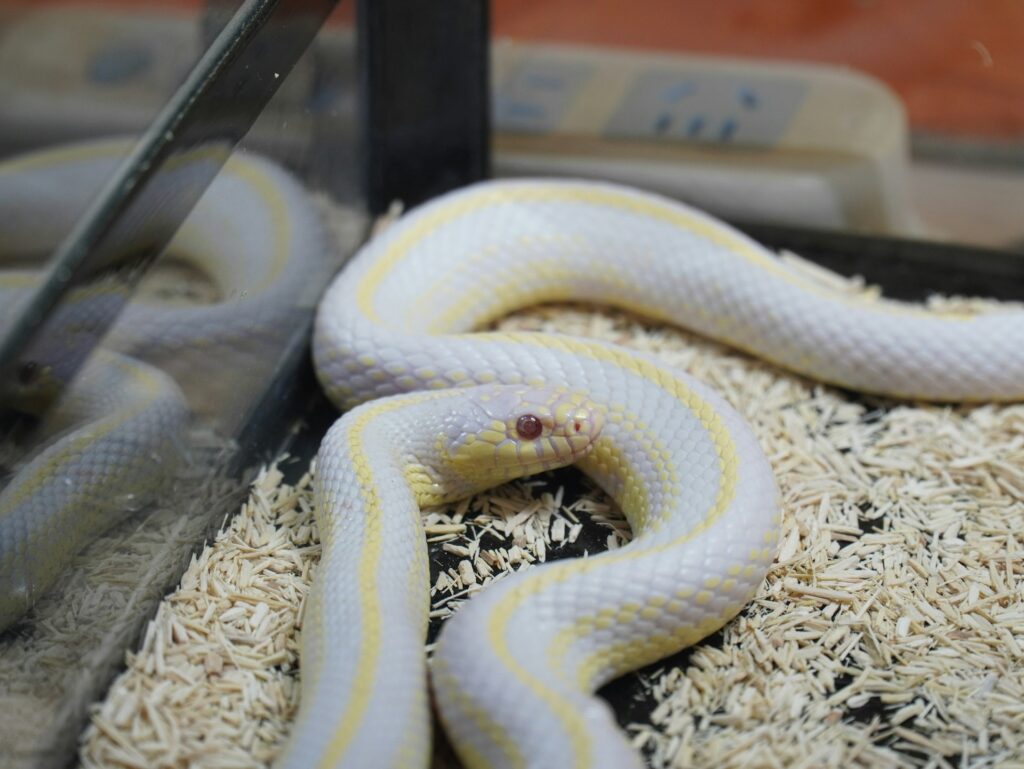
Most exotic pets require specific temperature ranges to properly regulate their bodily functions, making temperature management one of the most critical aspects of habitat design. Rather than maintaining a uniform temperature throughout the enclosure, create a temperature gradient that allows your pet to thermoregulate by moving between warmer and cooler areas. Implement appropriate heating elements such as ceramic heat emitters, heating pads, or basking lamps, positioning them to create distinct temperature zones. Always use thermostats and temperature gauges to monitor and regulate the heat, preventing dangerous temperature fluctuations or hot spots that could harm your pet. Remember that temperature requirements often differ between day and night, so research your specific pet’s needs for temperature cycling and implement a system that can accommodate these changes automatically if possible.
Managing Humidity Levels
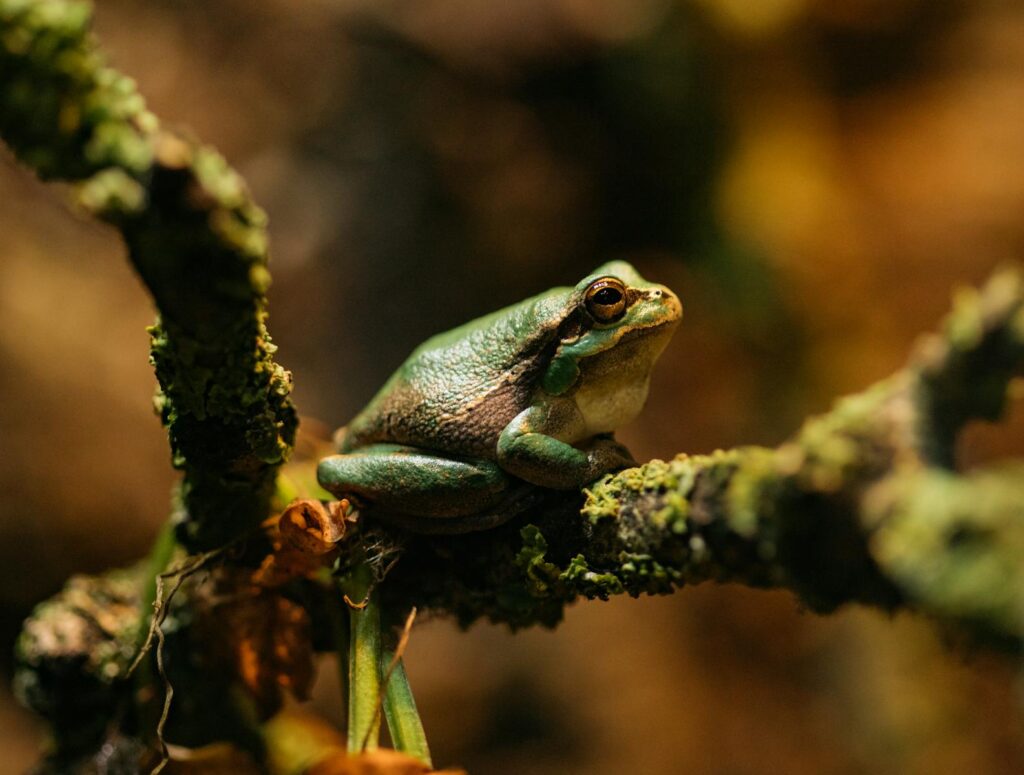
Humidity control is particularly important for exotic pets from tropical or arid environments, as incorrect humidity levels can lead to serious health issues including respiratory infections, shedding problems, and dehydration. For species requiring high humidity, such as many amphibians and tropical reptiles, incorporate misting systems, water features, or moisture-retaining substrates to maintain appropriate levels. Conversely, desert-dwelling species need lower humidity levels, achieved through proper ventilation and moisture-wicking substrates. Invest in quality hygrometers to accurately monitor humidity levels in different areas of the enclosure. Create microenvironments within the habitat where humidity levels may vary slightly, such as a moist hide for reptiles that need occasional higher humidity for shedding, even if they generally require drier conditions.
Providing Appropriate Lighting
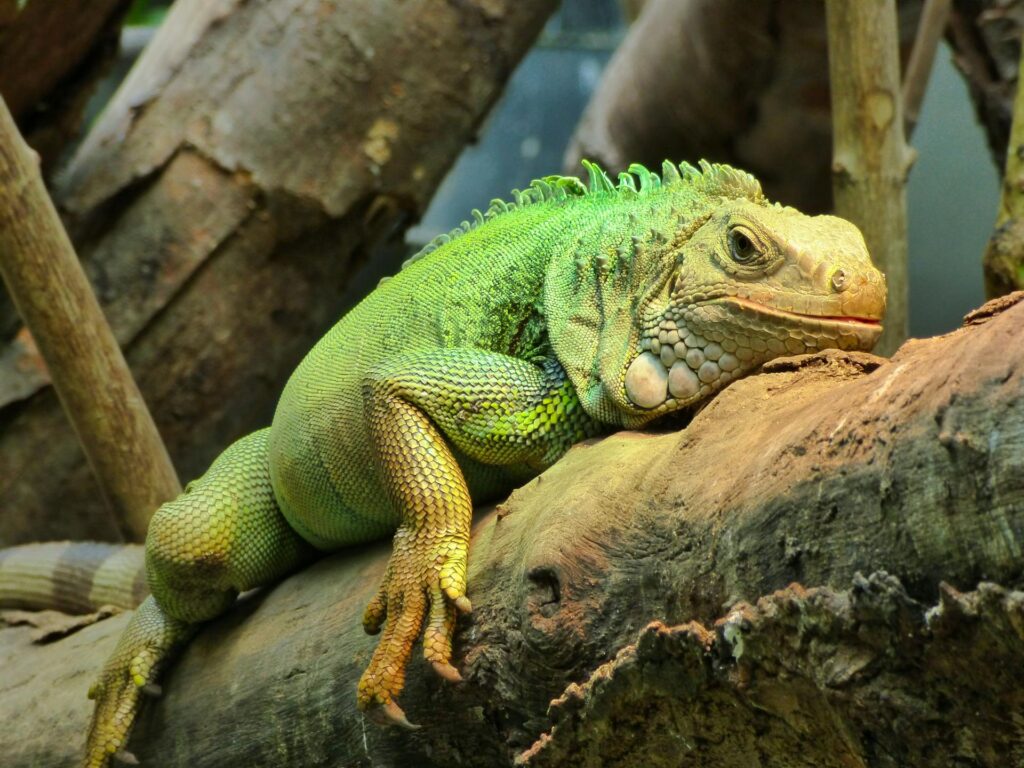
Proper lighting does more than just illuminate your pet’s enclosure – it often plays a vital role in their health, behavior, and biological rhythms. For many reptiles and amphibians, UVB lighting is essential for vitamin D3 synthesis and proper calcium metabolism, preventing serious conditions like metabolic bone disease. Establish a consistent day-night cycle that mimics your pet’s natural habitat, using timers to automate light schedules. Consider the intensity and spectrum of light required – desert species typically need stronger UVB exposure than tropical forest dwellers that would naturally receive filtered light through a canopy. Position lights at appropriate distances from your pet’s basking areas, as both insufficient and excessive UVB exposure can cause health problems, and remember to replace bulbs according to manufacturer recommendations even if they still appear functional, as their UVB output diminishes over time.
Selecting Appropriate Substrate
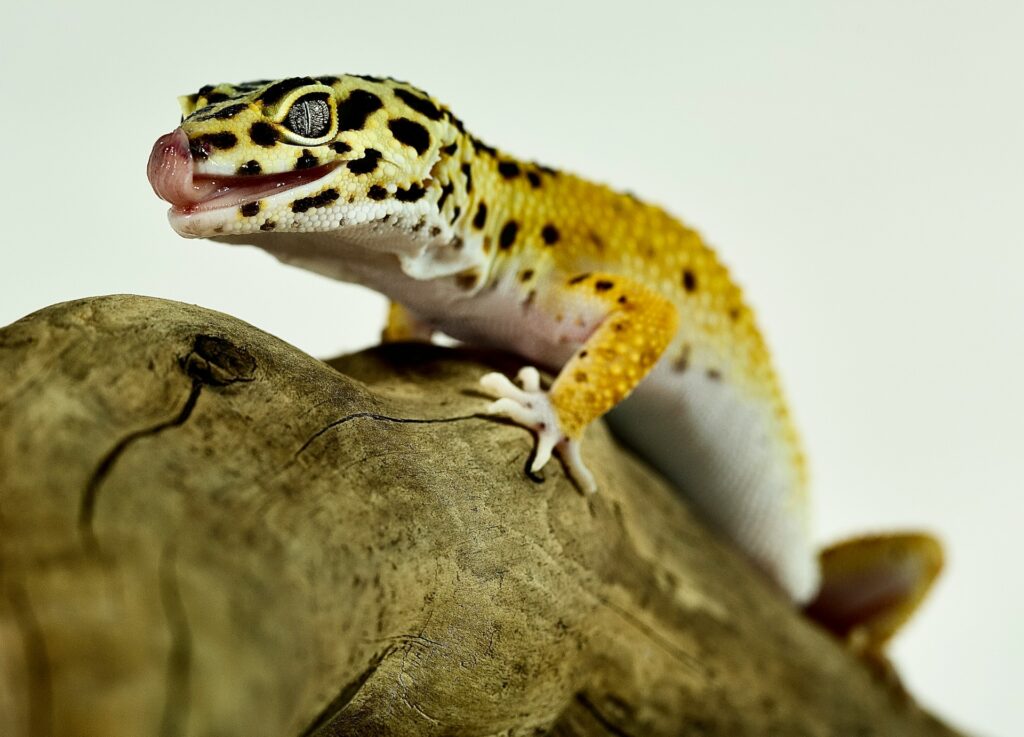
The substrate you choose forms the foundation of your exotic pet’s habitat and serves multiple practical and health functions. Different species have vastly different substrate needs – burrowing animals require deeper, looser substrates while arboreal species may need minimal floor coverage. Consider factors like particle size (to prevent accidental ingestion), moisture retention (for humidity control), odor control, and ease of cleaning when selecting substrate materials. Natural options like coconut fiber, cypress mulch, or bioactive soil mixtures often provide better environmental enrichment than artificial substrates, allowing for natural behaviors like digging and foraging. For many species, a bioactive substrate containing beneficial microorganisms, isopods, and springtails can help maintain a cleaner environment by breaking down waste naturally, though these systems require proper setup and maintenance to function effectively.
Incorporating Essential Furniture and Accessories

Habitat furniture serves critical functional purposes beyond mere decoration, providing opportunities for exercise, security, and natural behavior expression. Include appropriate climbing structures for arboreal species like certain monitors, chameleons, or sugar gliders, ensuring they’re sturdy enough to support your pet’s weight and positioned to prevent dangerous falls. Provide adequate hiding spots throughout the enclosure, as even the most outgoing exotic pets need secure retreats for stress reduction and sleep. Water features like pools, waterfalls, or misting systems can serve dual purposes of humidity control and drinking sources for many species. Consider your pet’s specific needs for features like basking platforms positioned at appropriate distances from heat sources, textured surfaces for shedding assistance, or specialized feeding stations that stimulate natural foraging behaviors and prevent food contamination.
Setting Up a Bioactive Habitat
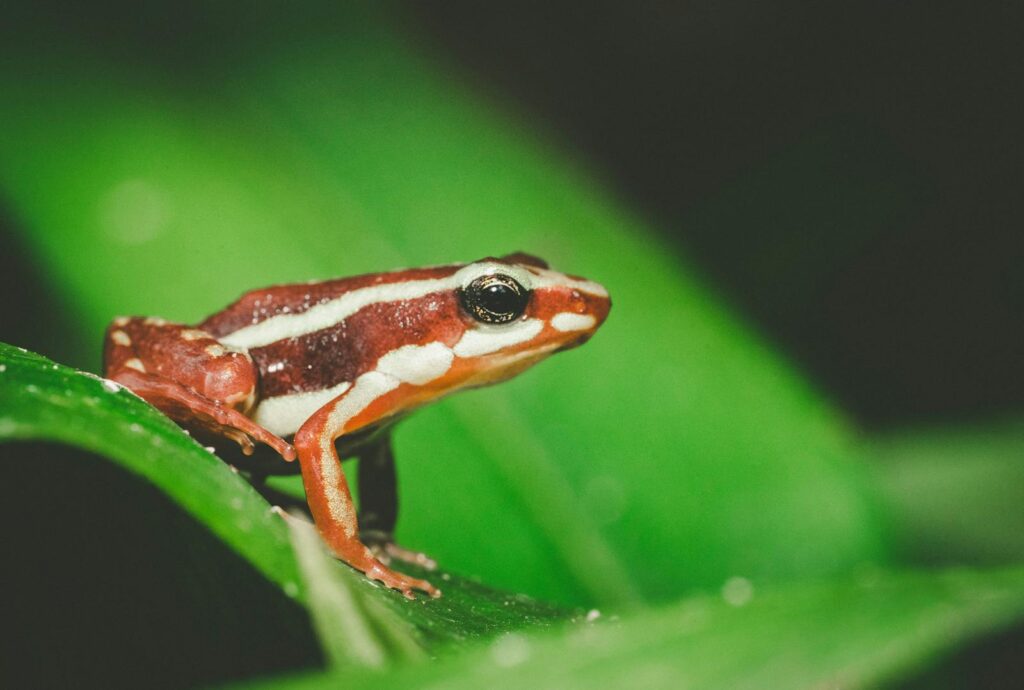
Bioactive habitats represent the gold standard for many exotic pet enclosures, creating mini-ecosystems that more closely replicate natural environments while reducing maintenance. These setups incorporate living plants, beneficial microorganisms, and cleanup crews like isopods and springtails that help break down waste and prevent mold growth. To establish a successful bioactive habitat, start with a drainage layer of lightweight expanded clay pellets, followed by a barrier mesh and then a deep substrate layer of bioactive soil mix designed for your specific pet’s environment type. Select hardy, non-toxic plants that can thrive in your habitat’s conditions and won’t be immediately destroyed by your pet’s activities. Introduce cleanup crew organisms appropriate for your habitat’s conditions – tropical isopods for humid enclosures or desert-adapted species for arid setups. While bioactive setups require more initial investment of time and resources, they often create healthier environments with less frequent deep cleaning required.
Providing Environmental Enrichment
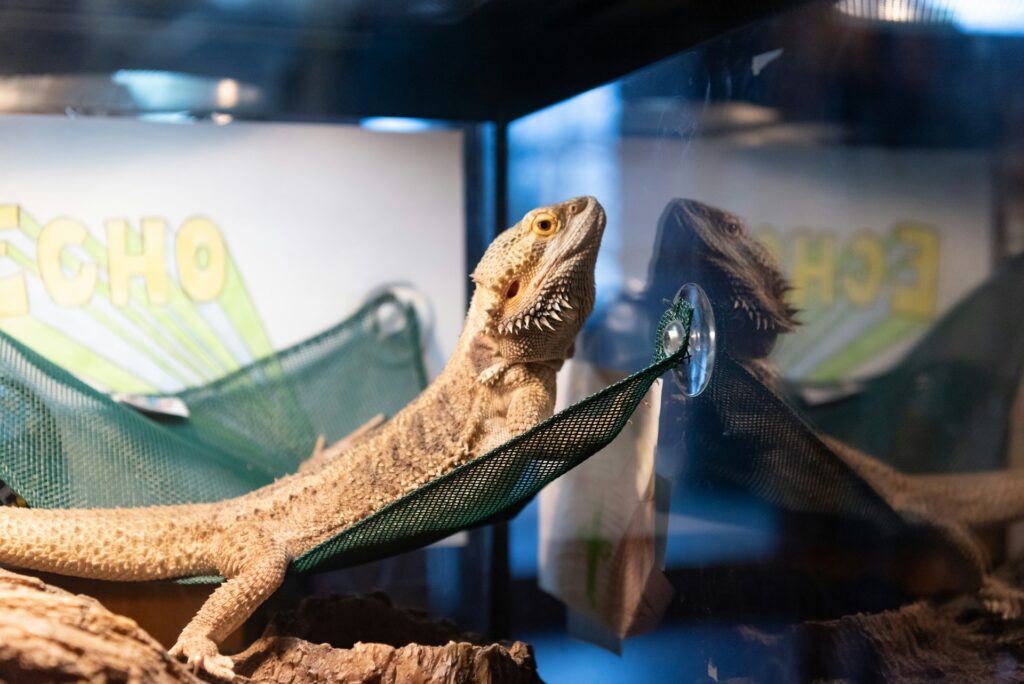
Environmental enrichment goes beyond meeting basic survival needs to ensure your exotic pet’s psychological well-being and prevent stress-related behaviors. Incorporate objects and features that stimulate natural behaviors specific to your pet’s species – puzzle feeders that encourage problem-solving, varied textures that facilitate natural grooming behaviors, or scent-based enrichment for animals that rely heavily on olfactory stimulation. Regularly rotate and change enrichment items to prevent habituation and maintain interest, introducing novel objects or rearranging habitat features periodically. For many exotic pets, the opportunity to engage in natural foraging behavior is particularly important, so consider scatter feeding or hiding food throughout the enclosure rather than always providing it in the same dish. Remember that enrichment needs vary dramatically between species – what stimulates a curious parrot might stress a shy gecko, so research enrichment specifically appropriate for your particular pet.
Maintaining Proper Cleanliness and Hygiene
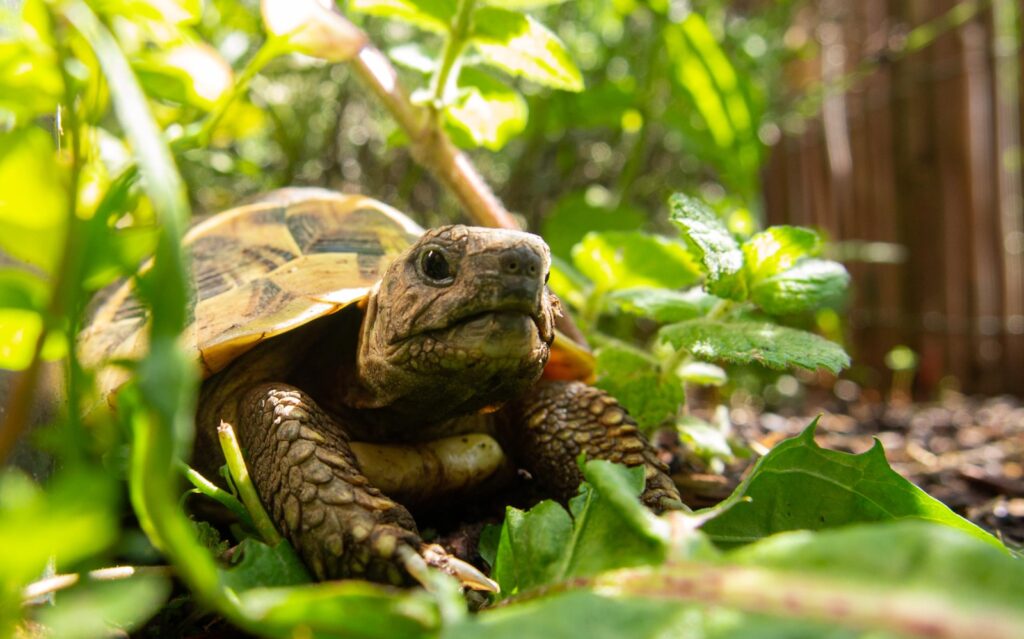
Maintaining cleanliness in exotic pet habitats requires a balanced approach – too little cleaning risks disease from waste buildup, while excessive cleaning can disrupt beneficial microbial environments and cause stress. Establish a regular spot-cleaning routine to remove visible waste, uneaten food, and contaminated substrate, ideally daily for most species. Schedule deeper cleaning sessions based on your specific pet’s habitat type and habits, typically ranging from weekly to monthly depending on enclosure size, pet size, and whether the setup is bioactive. Use pet-safe cleaning products specifically designed for exotic animal habitats, avoiding harsh chemicals that can leave residues harmful to sensitive species. Pay special attention to water features, which often require more frequent maintenance to prevent bacterial growth, and food dishes, which should be cleaned after each feeding to prevent contamination. For bioactive setups, focus on maintaining the balance of the ecosystem rather than sterilizing the environment.
Addressing Species-Specific Requirements
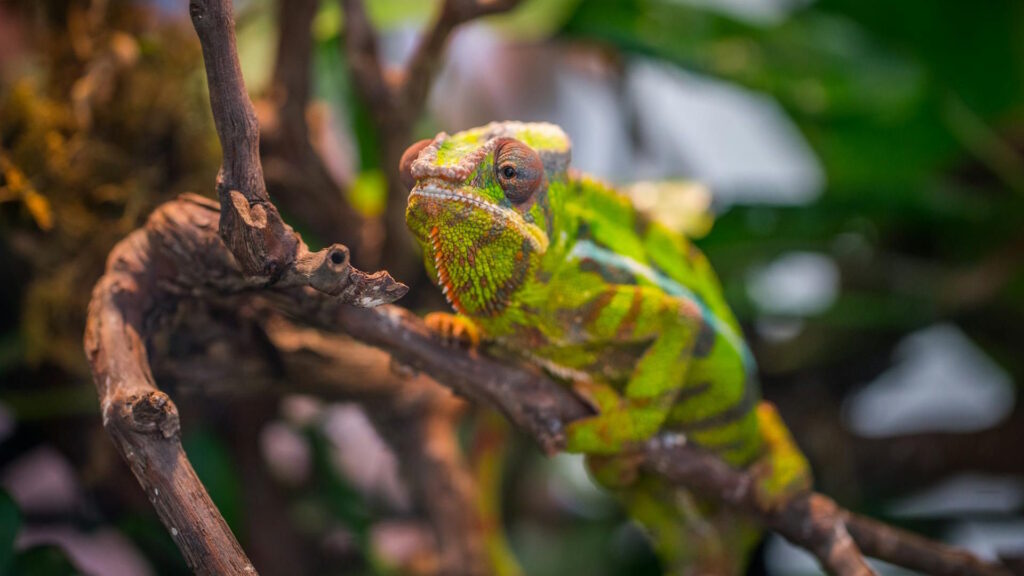
Beyond general habitat principles, each exotic species has unique requirements that must be specifically addressed for optimal health. For instance, chameleons require well-ventilated mesh enclosures with extensive climbing networks and dripping water systems rather than standing water dishes. Hedgehogs need wheel-based exercise options and temperature-controlled environments without drafts. Dart frogs thrive in paludariums with high humidity, abundant plants, and layers of climbing surfaces but very shallow water features to prevent drowning. Sugar gliders require tall cages with pouches for sleeping, extensive climbing routes, and opportunities for social interaction. Research your specific pet’s unique needs extensively, consulting both scientific sources and experienced keepers of that particular species. Remember that even within species, different varieties may have adapted to different environmental niches – a ball python from Ghana has slightly different temperature needs than one from Togo, for example.
Monitoring Your Pet’s Health and Behavior
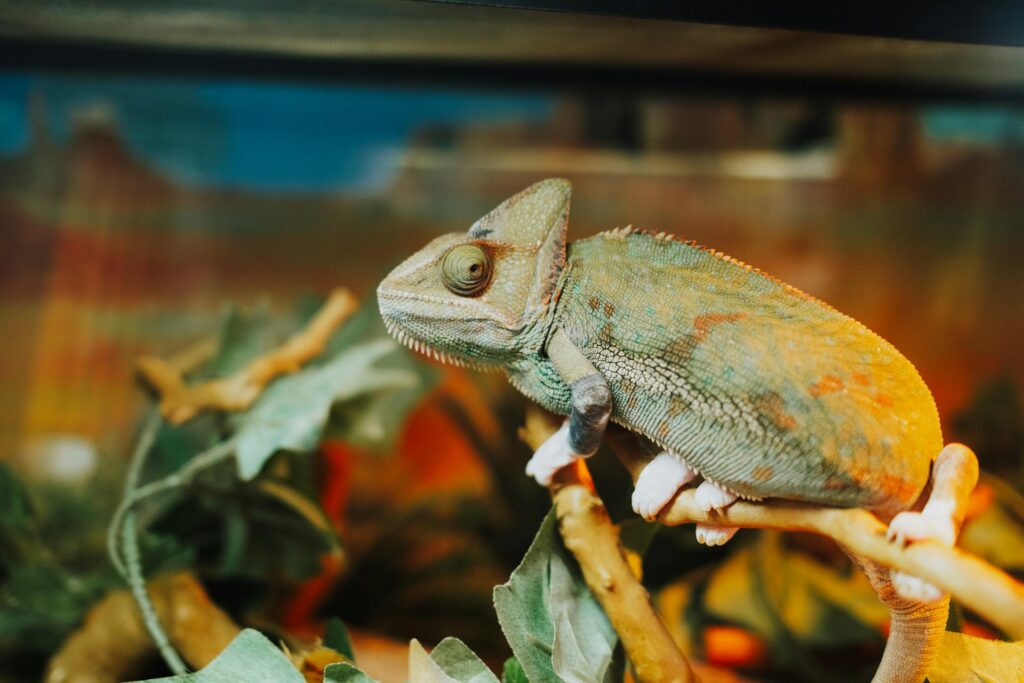
The ultimate measure of habitat success is your pet’s health and behavior, making regular observation and assessment critical to exotic pet keeping. Establish a baseline of normal appearance and behavior for your specific pet, noting activity levels, eating habits, elimination patterns, and physical condition. Watch for behavioral changes that might indicate habitat issues – excessive hiding could suggest temperature problems or insufficient security, while glass surfing or pacing often indicates inadequate space or enrichment. Physical symptoms like abnormal shedding in reptiles, respiratory difficulties, or weight changes frequently relate directly to habitat parameters like humidity, temperature, or UVB exposure. Keep a habitat journal documenting settings, changes, and your pet’s responses to help identify patterns and optimize conditions over time. Remember that some exotic pets hide illness effectively as a survival mechanism, making subtle behavioral changes particularly important early warning signs.
Legal and Ethical Considerations

Creating the perfect habitat also involves navigating the legal and ethical aspects of exotic pet ownership. Research and comply with all local, state, and federal regulations regarding the specific species you keep, as requirements vary widely and may include permits, inspections, or restrictions. Consider the long-term commitment involved in maintaining specialized habitats, as many exotic pets have lengthy lifespans – some parrots and tortoises can live for decades, requiring sustained habitat maintenance throughout their lives. Prepare emergency plans for habitat maintenance during power outages or evacuations, as temporary disruptions can be life-threatening for environmentally sensitive species. Always source habitat materials and the animals themselves ethically, avoiding wild-caught specimens unless you’re working with reputable conservation breeding programs. Remember that the ability to create and maintain an appropriate habitat is a prerequisite for responsible exotic pet ownership – if you cannot meet a species’ specific needs, consider a more suitable pet for your situation.
Conclusion
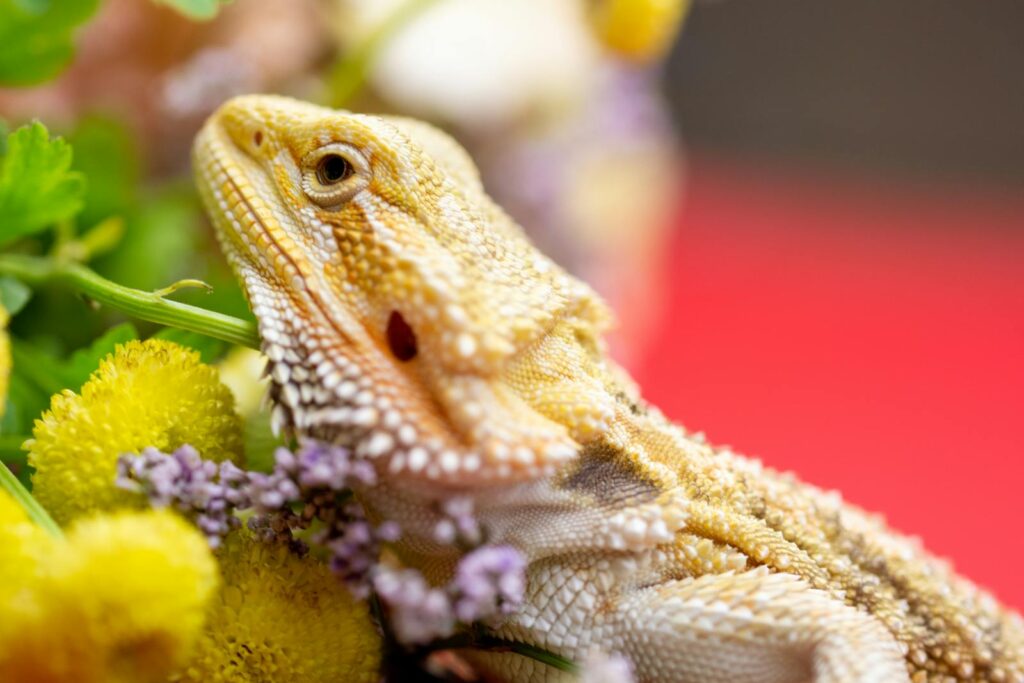
Creating the perfect habitat for your exotic pet combines science, art, and dedication. By thoroughly researching your pet’s natural environment and replicating its essential elements, you provide the foundation for a healthy, enriching life in captivity. Remember that habitat creation is an ongoing process rather than a one-time setup – you’ll continually refine your approach based on your pet’s responses and new information. The effort invested in creating an optimal living space rewards you with a thriving, active pet displaying natural behaviors, and the satisfaction of providing exceptional care for a unique animal. Your exotic pet’s perfect habitat not only supports their physical health but honors their evolutionary adaptations and innate behaviors, allowing them to express their true nature even in a domestic setting.


